GNC 2008 Annual Report Download - page 7
Download and view the complete annual report
Please find page 7 of the 2008 GNC annual report below. You can navigate through the pages in the report by either clicking on the pages listed below, or by using the keyword search tool below to find specific information within the annual report.-
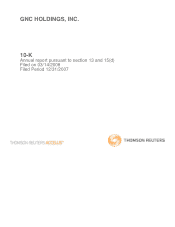 1
1 -
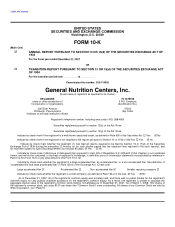 2
2 -
 3
3 -
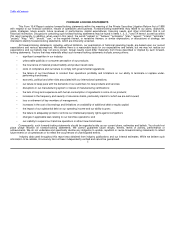 4
4 -
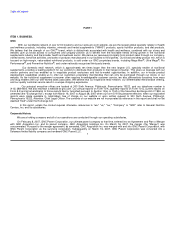 5
5 -
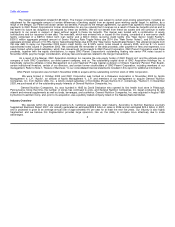 6
6 -
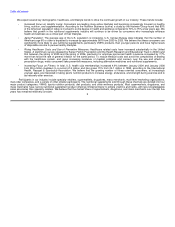 7
7 -
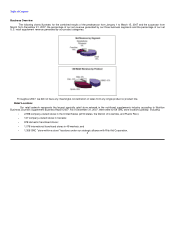 8
8 -
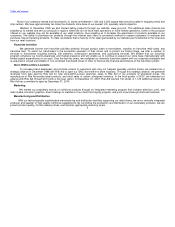 9
9 -
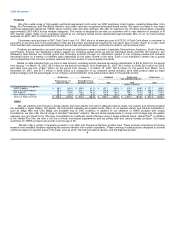 10
10 -
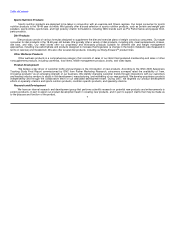 11
11 -
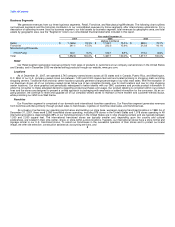 12
12 -
 13
13 -
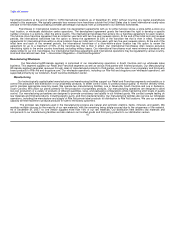 14
14 -
 15
15 -
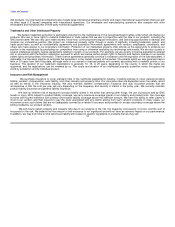 16
16 -
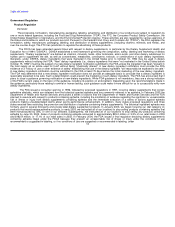 17
17 -
 18
18 -
 19
19 -
 20
20 -
 21
21 -
 22
22 -
 23
23 -
 24
24 -
 25
25 -
 26
26 -
 27
27 -
 28
28 -
 29
29 -
 30
30 -
 31
31 -
 32
32 -
 33
33 -
 34
34 -
 35
35 -
 36
36 -
 37
37 -
 38
38 -
 39
39 -
 40
40 -
 41
41 -
 42
42 -
 43
43 -
 44
44 -
 45
45 -
 46
46 -
 47
47 -
 48
48 -
 49
49 -
 50
50 -
 51
51 -
 52
52 -
 53
53 -
 54
54 -
 55
55 -
 56
56 -
 57
57 -
 58
58 -
 59
59 -
 60
60 -
 61
61 -
 62
62 -
 63
63 -
 64
64 -
 65
65 -
 66
66 -
 67
67 -
 68
68 -
 69
69 -
 70
70 -
 71
71 -
 72
72 -
 73
73 -
 74
74 -
 75
75 -
 76
76 -
 77
77 -
 78
78 -
 79
79 -
 80
80 -
 81
81 -
 82
82 -
 83
83 -
 84
84 -
 85
85 -
 86
86 -
 87
87 -
 88
88 -
 89
89 -
 90
90 -
 91
91 -
 92
92 -
 93
93 -
 94
94 -
 95
95 -
 96
96 -
 97
97 -
 98
98 -
 99
99 -
 100
100 -
 101
101 -
 102
102 -
 103
103 -
 104
104 -
 105
105 -
 106
106 -
 107
107 -
 108
108 -
 109
109 -
 110
110 -
 111
111 -
 112
112 -
 113
113 -
 114
114 -
 115
115 -
 116
116 -
 117
117 -
 118
118 -
 119
119 -
 120
120 -
 121
121 -
 122
122 -
 123
123 -
 124
124 -
 125
125 -
 126
126 -
 127
127 -
 128
128 -
 129
129 -
 130
130 -
 131
131 -
 132
132 -
 133
133 -
 134
134 -
 135
135 -
 136
136 -
 137
137 -
 138
138 -
 139
139 -
 140
140 -
 141
141 -
 142
142 -
 143
143 -
 144
144 -
 145
145 -
 146
146 -
 147
147 -
 148
148 -
 149
149 -
 150
150 -
 151
151 -
 152
152 -
 153
153 -
 154
154 -
 155
155 -
 156
156 -
 157
157 -
 158
158 -
 159
159 -
 160
160 -
 161
161 -
 162
162 -
 163
163 -
 164
164 -
 165
165 -
 166
166 -
 167
167 -
 168
168 -
 169
169 -
 170
170 -
 171
171 -
 172
172 -
 173
173 -
 174
174 -
 175
175 -
 176
176 -
 177
177 -
 178
178 -
 179
179 -
 180
180 -
 181
181 -
 182
182 -
 183
183 -
 184
184 -
 185
185 -
 186
186 -
 187
187 -
 188
188 -
 189
189 -
 190
190 -
 191
191 -
 192
192 -
 193
193 -
 194
194 -
 195
195 -
 196
196 -
 197
197 -
 198
198 -
 199
199 -
 200
200 -
 201
201 -
 202
202 -
 203
203 -
 204
204 -
 205
205 -
 206
206 -
 207
207 -
 208
208 -
 209
209 -
 210
210 -
 211
211 -
 212
212 -
 213
213 -
 214
214 -
 215
215 -
 216
216 -
 217
217 -
 218
218 -
 219
219 -
 220
220 -
 221
221 -
 222
222 -
 223
223 -
 224
224 -
 225
225 -
 226
226 -
 227
227 -
 228
228 -
 229
229 -
 230
230 -
 231
231 -
 232
232 -
 233
233 -
 234
234 -
 235
235 -
 236
236 -
 237
237 -
 238
238 -
 239
239 -
 240
240 -
 241
241 -
 242
242 -
 243
243 -
 244
244 -
 245
245 -
 246
246 -
 247
247 -
 248
248 -
 249
249 -
 250
250 -
 251
251 -
 252
252 -
 253
253 -
 254
254 -
 255
255 -
 256
256 -
 257
257 -
 258
258 -
 259
259 -
 260
260 -
 261
261 -
 262
262 -
 263
263 -
 264
264 -
 265
265 -
 266
266 -
 267
267 -
 268
268 -
 269
269 -
 270
270 -
 271
271 -
 272
272 -
 273
273 -
 274
274 -
 275
275 -
 276
276 -
 277
277 -
 278
278 -
 279
279 -
 280
280 -
 281
281 -
 282
282
 |
 |

Table of Contents
We expect several key demographic, healthcare, and lifestyle trends to drive the continued growth of our industry. These trends include:
• Increased Focus on Healthy Living: Consumers are leading more active lifestyles and becoming increasingly focused on healthy
living, nutrition, and supplementation. According to the Nutrition Business Journal, a study by the Hartman Group found that 85%
of the American population today is involved to some degree in health and wellness compared to 70% to 75% a few years ago. We
believe that growth in the nutritional supplements industry will continue to be driven by consumers who increasingly embrace
health and wellness as a critical part of their lifestyles.
• Aging Population: The average age of the U.S. population is increasing. U.S. Census Bureau data indicates that the number of
Americans age 65 or older is expected to increase by approximately 56% from 2000 to 2020. We believe that these consumers are
significantly more likely to use nutritional supplements, particularly VMHS products, than younger persons and have higher levels
of disposable income to pursue healthy lifestyles.
• Rising Healthcare Costs and Use of Preventive Measures: Healthcare related costs have increased substantially in the United
States. A preliminary survey released by Kaiser Family Foundation and the Health Research and Educational Trust in 2006 found
that between the spring of 2005 and the spring of 2006, premiums for employer-sponsored health insurance increased by 7.7%
more than twice the rate of general inflation for the same period. To reduce medical costs and avoid the complexities of dealing
with the healthcare system, and given increasing incidence of medical problems and concern over the use and effects of
prescription drugs, many consumers take preventive measures, including alternative medicines and nutritional supplements.
• Increasing Focus on Fitness: In total, U.S. health club memberships increased 4.9% between January 2004 and January 2006
from 39.4 million members to a record 41.3 million and has grown 70% from 24.1 million in 1995, according to the International
Health, Racquet & Sportsclub Association. We believe that the growing number of fitness-oriented consumers, at increasingly
younger ages, are interested in taking sports nutrition products to increase energy, endurance, and strength during exercise and to
aid recovery after exercise.
Participants in our industry include specialty retailers, supermarkets, drugstores, mass merchants, multi-level marketing organizations,
mail-order companies, and a variety of other smaller participants. The nutritional supplements sold through these channels are divided into four
major product categories: VMHS; sports nutrition products; diet products; and other wellness products. Most supermarkets, drugstores, and
mass merchants have narrow nutritional supplement product offerings limited primarily to simple vitamins and herbs, with less knowledgeable
sales associates than specialty retailers. We believe that the market share of supermarkets, drugstores, and mass merchants over the last five
years has remained relatively constant. 3
